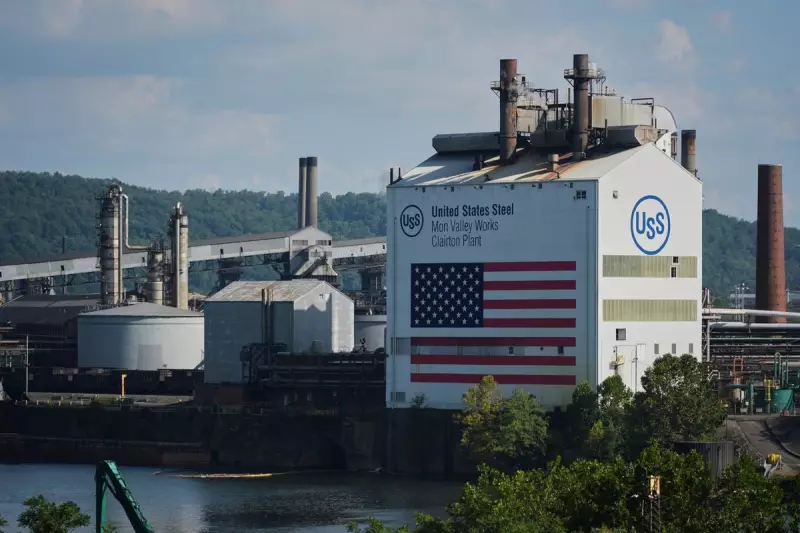
A shocking new study from Carnegie Mellon University has revealed that Pittsburgh residents are breathing air with alarmingly high levels of hazardous pollutants, putting public health at serious risk.
The Invisible Threat in Pittsburgh's Air
Researchers found concentrations of fine particulate matter (PM2.5) and toxic metals in the city's air that far exceed safety standards set by the Environmental Protection Agency (EPA). These microscopic particles can penetrate deep into lungs and even enter the bloodstream, causing severe health problems.
Key Findings from the Study
- PM2.5 levels consistently above EPA safety thresholds
- Dangerous concentrations of lead, chromium, and other toxic metals
- Particularly high pollution in low-income neighborhoods
- Industrial sources identified as major contributors
Public Health Emergency Looming
"These pollution levels are simply unacceptable," said lead researcher Professor Albert Presto. "We're seeing clear links to respiratory diseases, cardiovascular problems, and even developmental issues in children."
The study highlights how Pittsburgh's industrial legacy continues to haunt its residents, with aging infrastructure and lax regulations allowing dangerous emissions to persist.
Who's Most at Risk?
Vulnerable populations including children, the elderly, and those with pre-existing conditions face the greatest danger. The research also found troubling environmental justice issues, with pollution disproportionately affecting poorer communities.
Call for Immediate Action
Environmental groups are demanding urgent policy changes, including:
- Stricter emissions controls for industrial facilities
- Expanded air quality monitoring network
- Targeted interventions for at-risk neighborhoods
- Public health campaigns about pollution risks
As Pittsburgh grapples with this invisible crisis, the study serves as a wake-up call for both local officials and federal regulators to prioritize clean air initiatives before more lives are affected.





